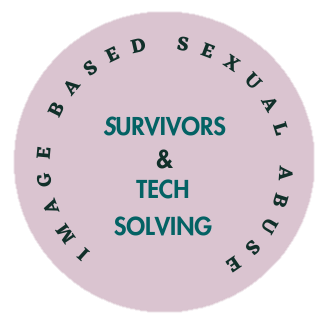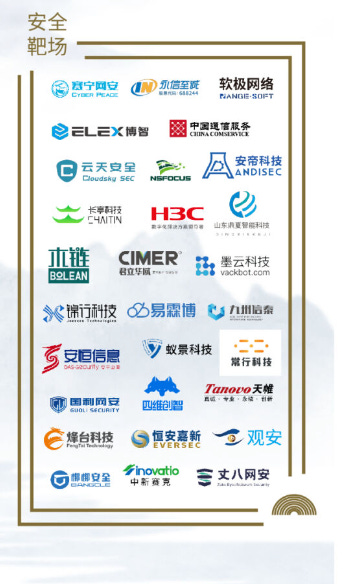CyAN Partners with STISA
CyAN is pleased to announce our formal support for Survivors & Tech Solving Image-Based Sexual Abuse (STISA), a global initiative with a survivor-centric approach aimed at combatting Image-Based Sexual Abuse (IBSA). STISA is a non government organization dedicated to reducing the exposure to IBSA and …




